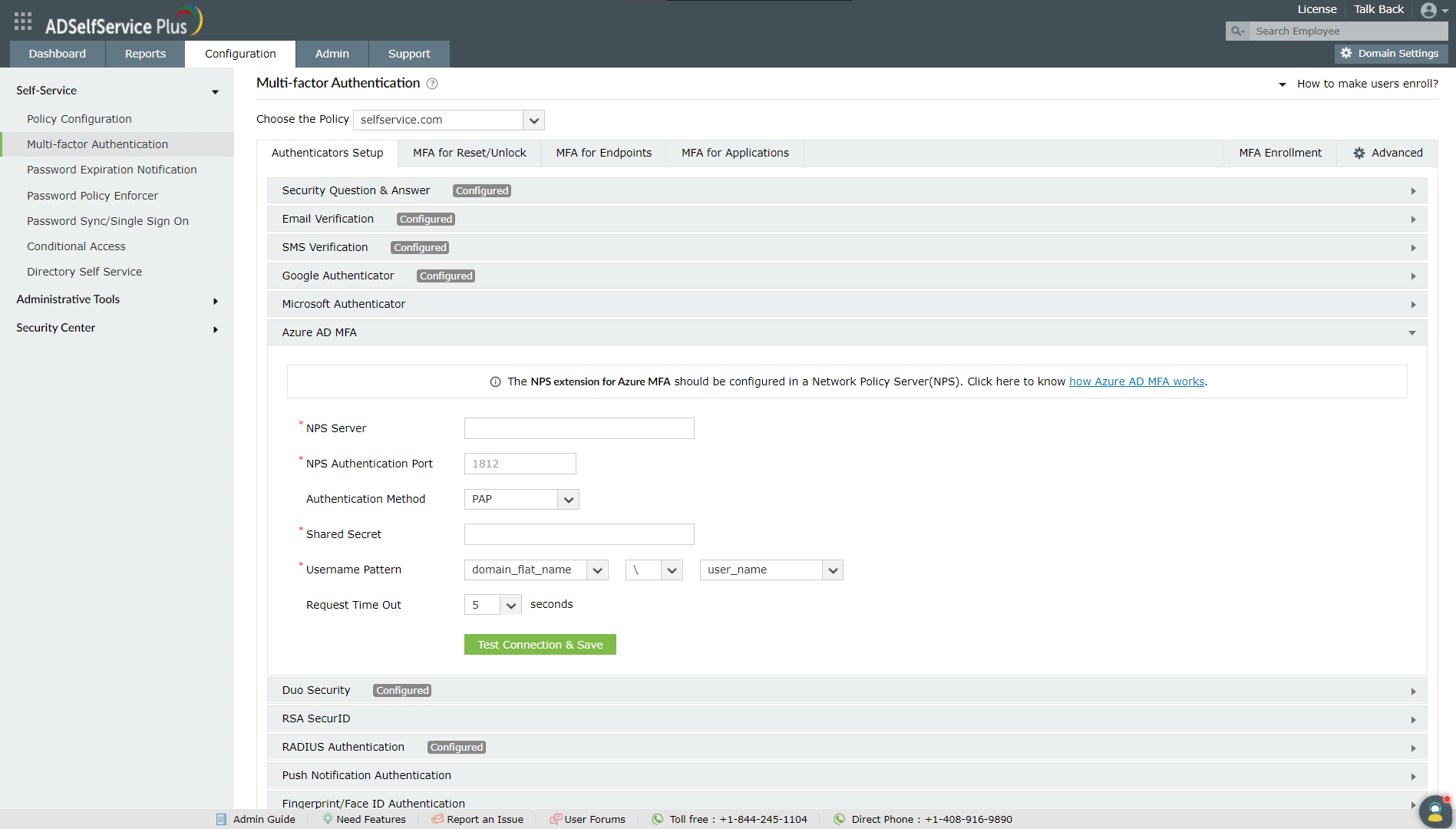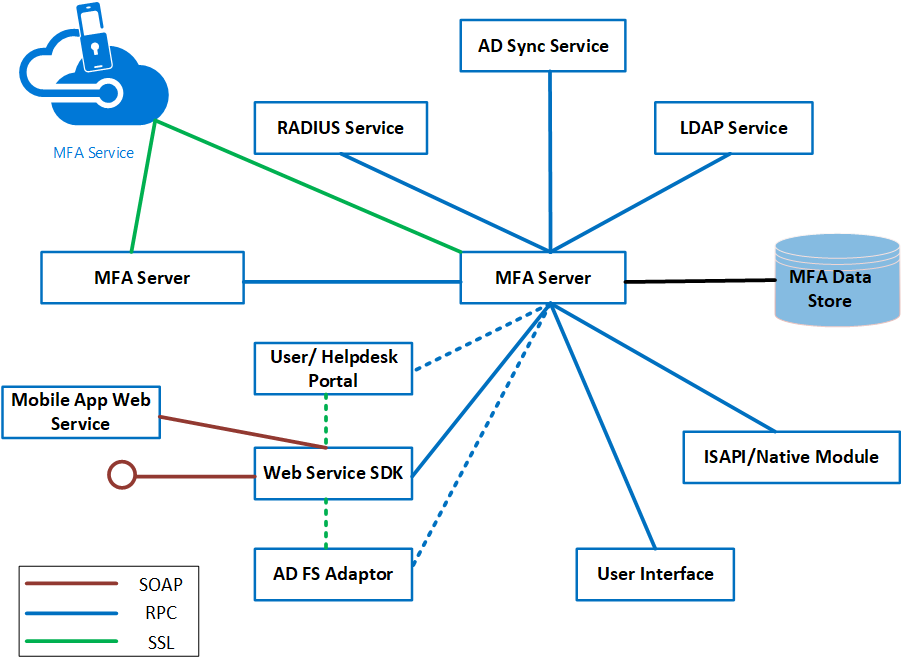

Use Intune to automate and scale Azure AD join with mobile device management (MDM) auto-enrollment of Azure Windows VMs that are part of your virtual desktop infrastructure (VDI) deployments. Use Azure Policy to deploy and audit policies to require Azure AD login for Windows VMs and to flag the use of unapproved local accounts on the VMs. When employees leave your organization and their user accounts are disabled or removed from Azure AD, they no longer have access to your resources.Ĭonfigure Conditional Access policies to require multifactor authentication (MFA) and other signals, such as user sign-in risk, before you can RDP into Windows VMs.When users join or leave your team, you can update the Azure RBAC policy for the VM to grant access as appropriate.Specify who can log in to a VM as a regular user or with administrator privileges.Password complexity and password lifetime policies that you configure for Azure AD also help secure Windows VMs. Reduce reliance on local administrator accounts. The result is federated and managed domain users.

Use Azure AD credentials to log in to Windows VMs in Azure. There are many security benefits of using Azure AD-based authentication to log in to Windows VMs in Azure. This article shows you how to create and configure a Windows VM and log in by using Azure AD-based authentication. You can then centrally control and enforce Azure role-based access control (RBAC) and Conditional Access policies that allow or deny access to the VMs. You can now use Azure AD as a core authentication platform to RDP into Windows Server 2019 Datacenter edition and later, or Windand later. Organizations can improve the security of Windows virtual machines (VMs) in Azure by integrating with Azure Active Directory (Azure AD) authentication.


 0 kommentar(er)
0 kommentar(er)
